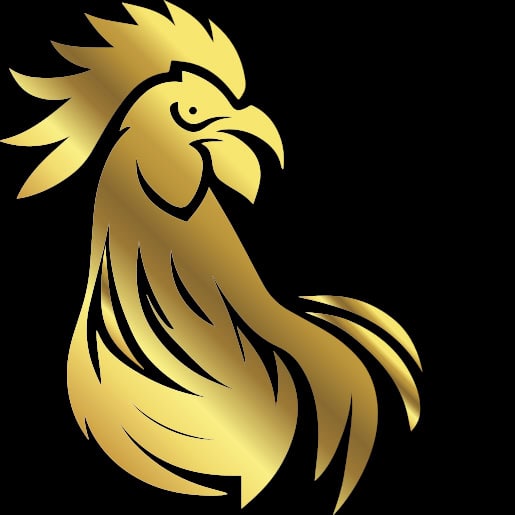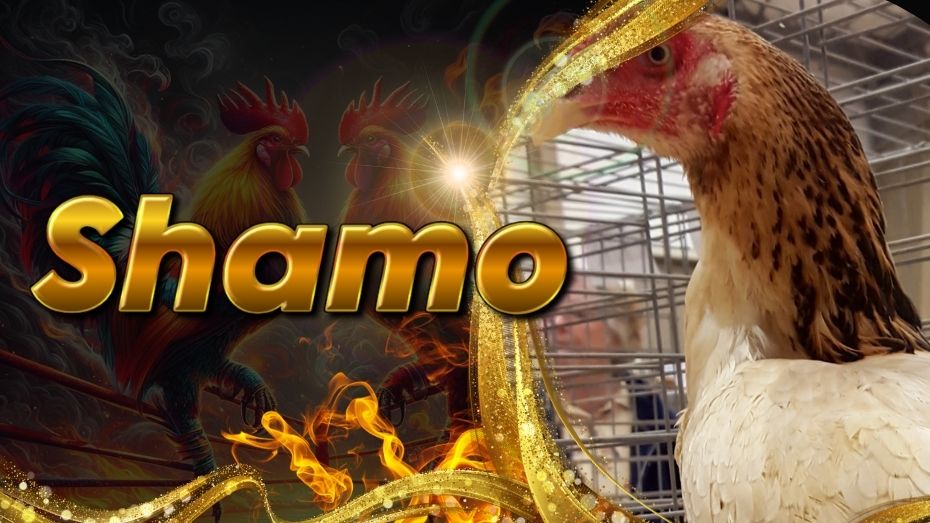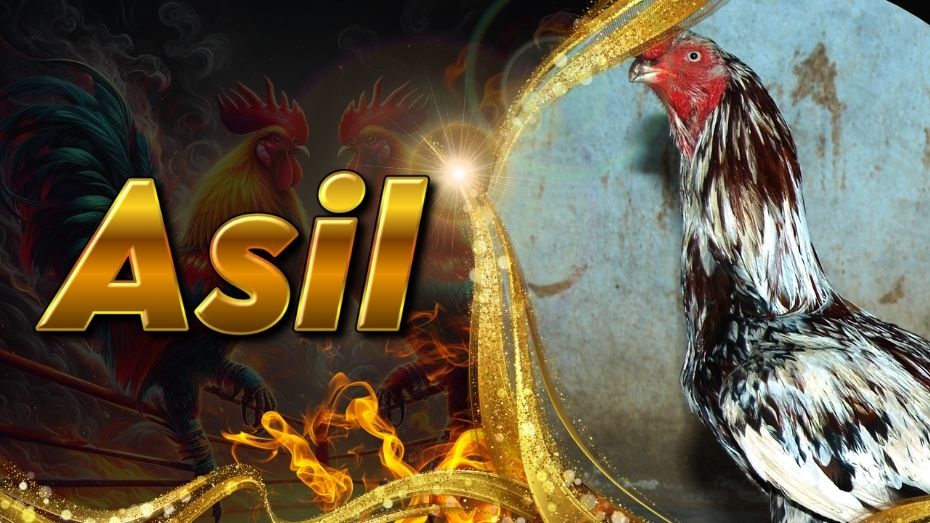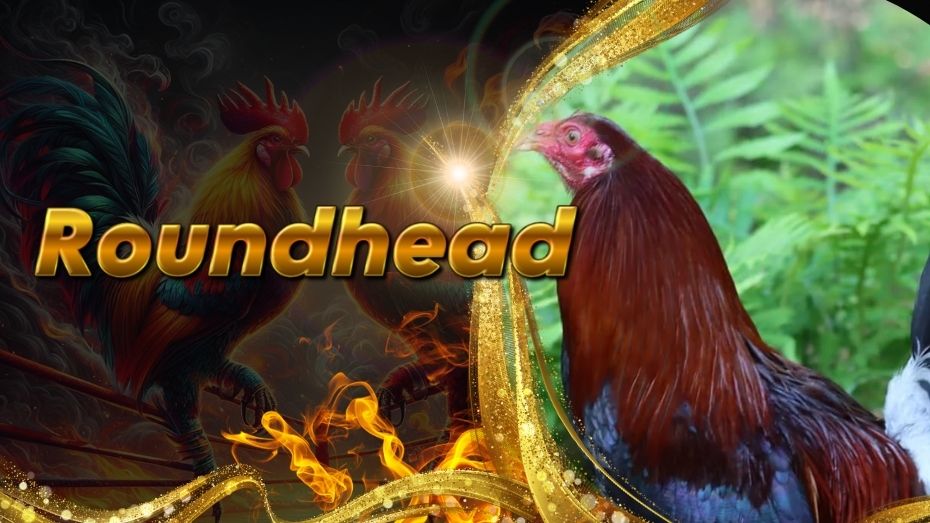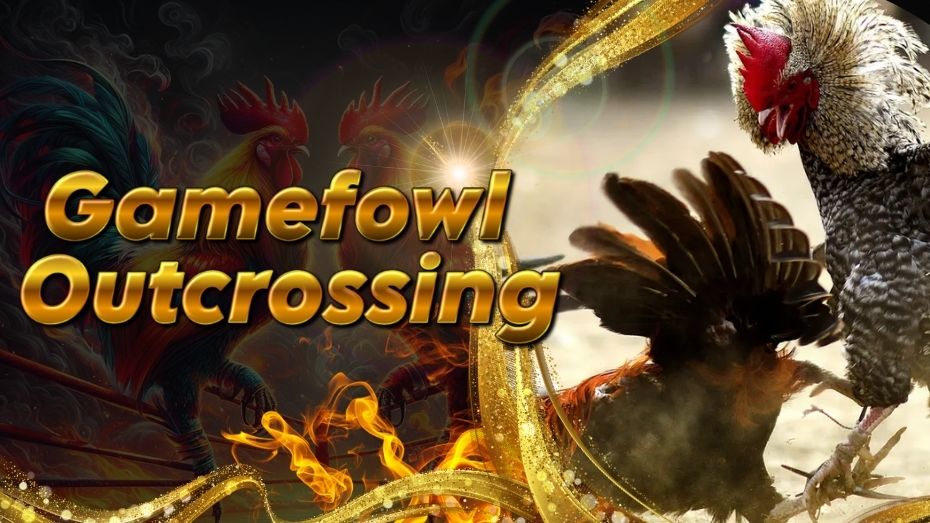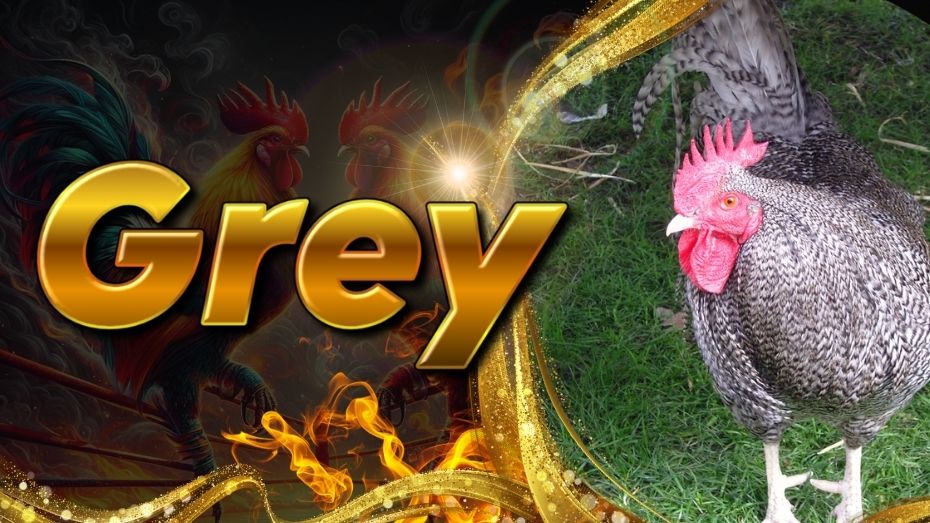Gamefowl Inbreeding: Start Developing a New Breed Using Inbreeding
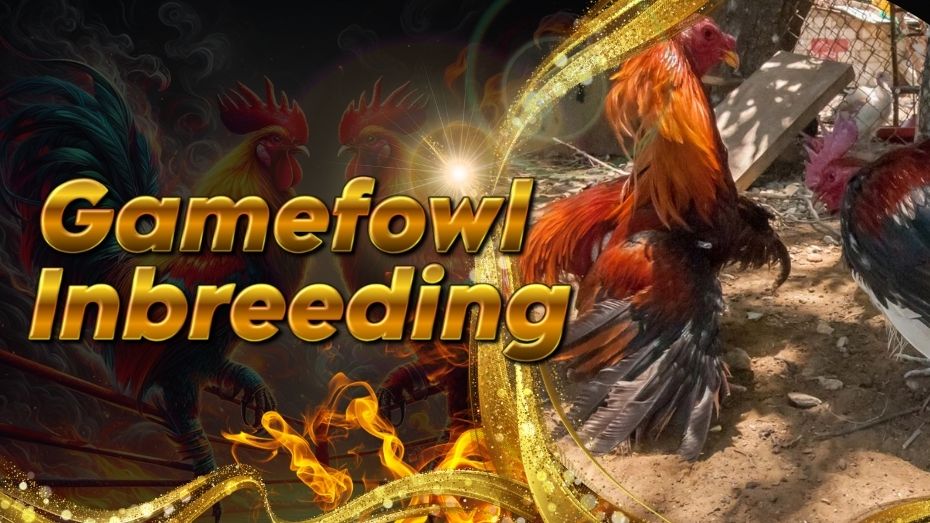
Once breeders finally have a brood cock and a few hens, they can start the initial breeding process by crossing these two unrelated birds to produce offspring. Continuing the breeding process won’t involve introducing other unrelated cocks and hens for some time as breeders start inbreeding the birds. Breeding the birds from the same bloodline is essential for the initial stages of developing a single bloodline.
What is Gamefowl Inbreeding?
Inbreeding gamefowls is pairing a cock and a hen belonging in the same bloodline to force out genetic imperfections and fix traits. Fixing traits is possible by forcing out the negative traits and culling the chickens that get these negatives. This way, only chickens with desirable genes remain in the bloodline and maintain a good lineage bearing the specific traits a breeder is aiming for.
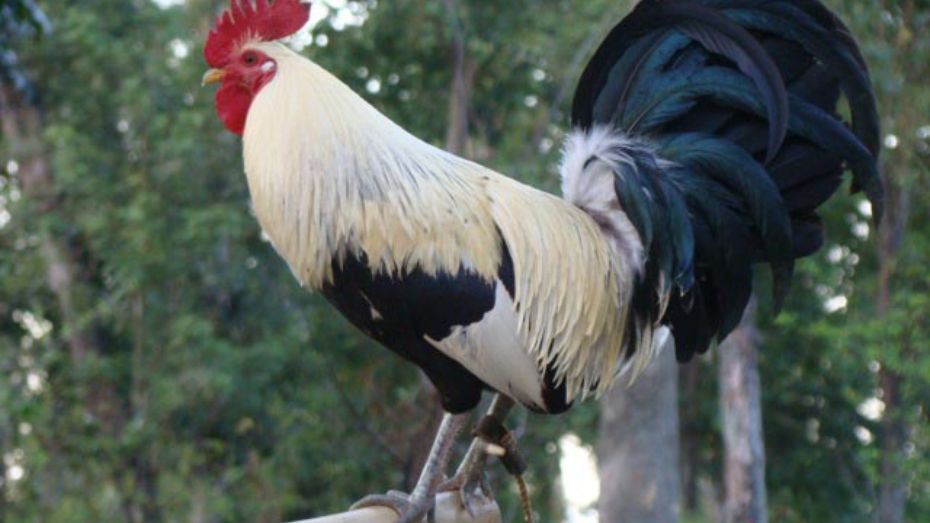
Gamefowl inbreeding is basically the first step in developing a new breed or gamefowl bloodline after the initial cross from two different breeds or bloodlines. After a certain number of generations of inbreeding, breeders typically linebreed next or a more controlled form of inbreeding where distant relatives from the first generation are involved to increase the reliability of producing a good bird by focusing on good traits while maintaining genetic diversity.
Once inbreeding and linebreeding is done, breeders tend to introduce new blood or new breeds to further give life to the bloodline then the process repeats.
Benefits of Gamefowl Inbreeding
Inbreeding gamefowls have its inherent advantages that make them popular today even with the heavy culling involved. The main benefit is being able to consistently produce a gamefowl with desirable traits after a few generations of breeding and heavy culling. These desired traits can not only be passed down more consistently, but also the improvement of certain traits within the bloodline. It is highly likely that Sweaters were developed this way to become some of the deadliest breeds today.
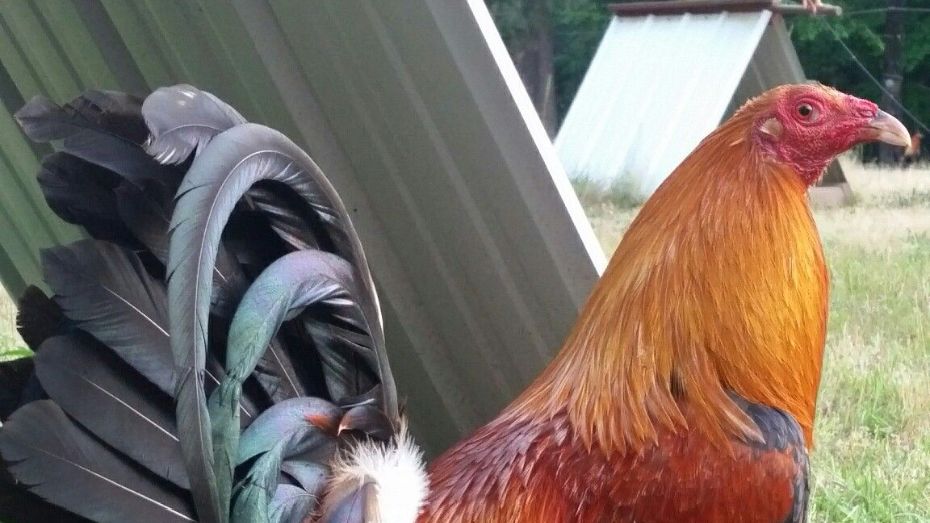
Additionally, inbreeding makes it easier to predict the outcomes of certain pairings. More advanced gamefowl breeders will likely delve into this subject matter as it allows them to be more strategic with picking certain birds to pair instead of doing so randomly like newer breeders. Doing this from the get-go also helps in making sure that outcrossing has the same goals and breeders aim to further improve existing traits.
Risks of Gamefowl Inbreeding
While being effective in developing new bloodlines and improving certain traits, this also has several risks that breeders must be aware of so that they don’t ruin the line. These risks are the following:
Genetic Defects and Mutations
The most notable risk associated with inbreeding is the introduction of genetic defects. Pairing related birds increases the chances of surfacing genetic disorders that can lead to the bird suffering from a reduced lifespan and having different health issues. While surfacing these is the main point to maintain the line, it is still possible for surviving birds to have some health issues even after the birds with the most evident mutations are culled.
Reduced Genetic Diversity
The main point of crossing birds with other breeds and bloodlines is to increase the genetic diversity and strengthen the breed. Inbreeding results in a reduced genetic diversity that then results in birds being more susceptible to health issues due to environmental changes and to diseases. This is the reason why breeders must only inbreed for a certain number of generations then cross with other lines to introduce variations in the genes.
What’s challenging is determining when the right time to cross is since there’s the inherent risk of crossing a bad bird with a good one and producing inferior offspring.
The different health issues introduced due to a reduced genetic diversity will include the following:
Best Practices for Gamefowl Inbreeding
To manage the risks involved in inbreeding gamefowls, breeders must maintain detailed pedigree records for each participating bird so that they can track which one has the best traits and performance. This is essential to be able to be goal-oriented with future breeding projects.
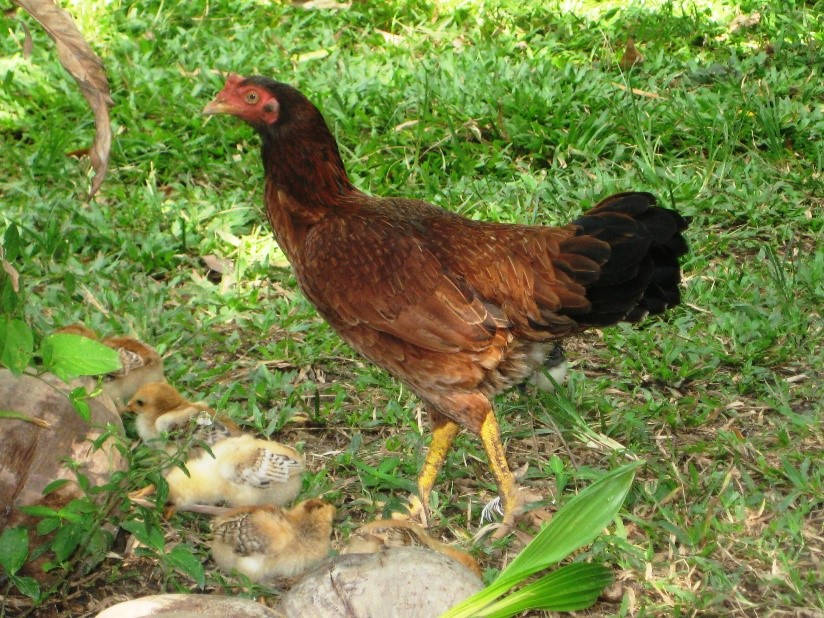
Maintaining records also allows breeders to identify which birds are the healthiest and exhibit the most desirable traits. This is necessary so that breeders can select certain birds to continue inbreeding, proceed to linebreeding, and to eventually cross with other lines and breeds. Even while breeding within the line, this practice is helpful in reducing the chances of genetic defects propagating to a certain extent that breeders will theoretically have the best bird or generation that’s perfect to move on to outcrossing.
Conclusion
Inbreeding is simply one method that’s crucial in developing a gamefowl bloodline. This effectively weeds out the undesirable traits so that breeders can develop superior birds after the process. Doing this is also necessary to ensure that the offspring of outcrossed birds exhibit desirable traits as the undesirables are already weeded out sufficiently.
Breeders will also need to keep in mind that inbreeding has its limits and that they’ll need to stop at one point so that they won’t produce weaker offspring that would pass on its weakness to new birds. Read more about the different breeding techniques at Sabong International as well as the top gamefowl breeds to use for breeding.

